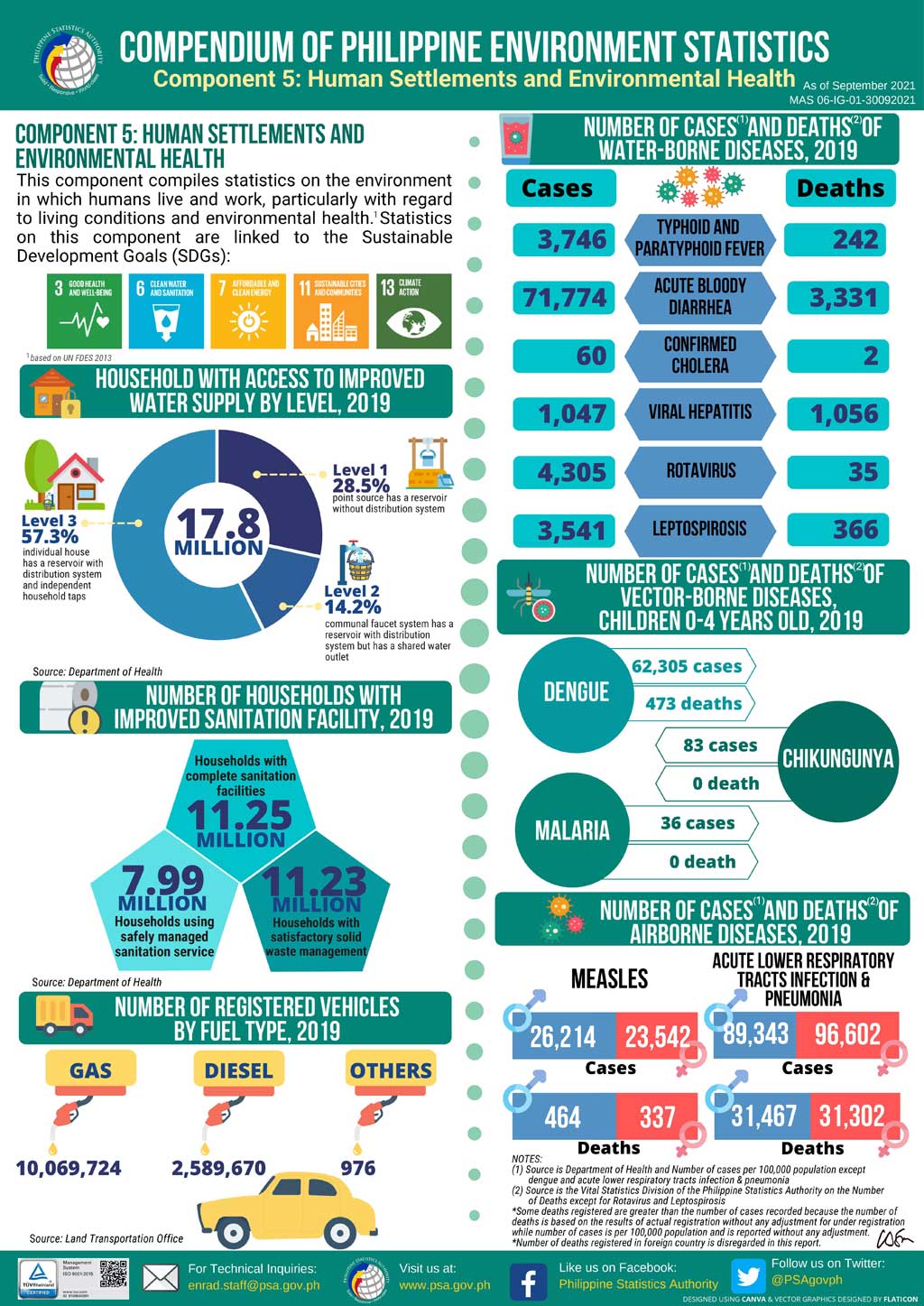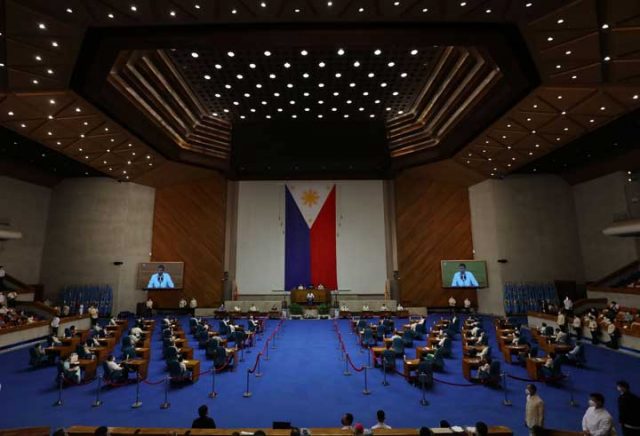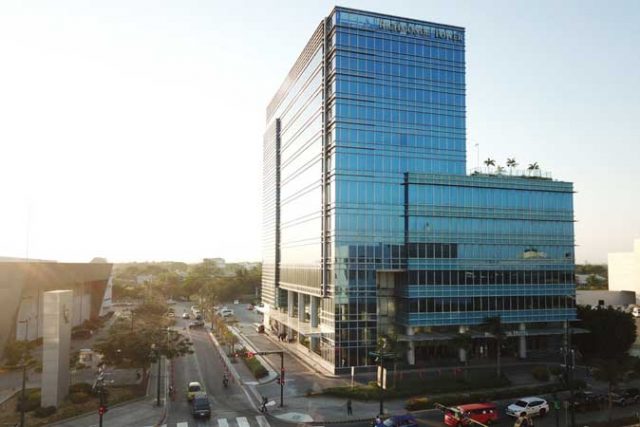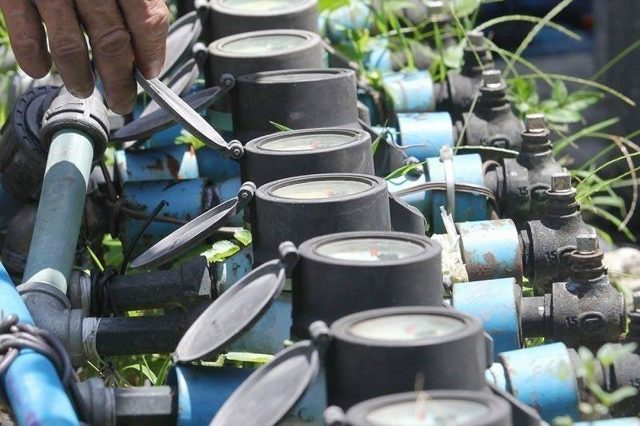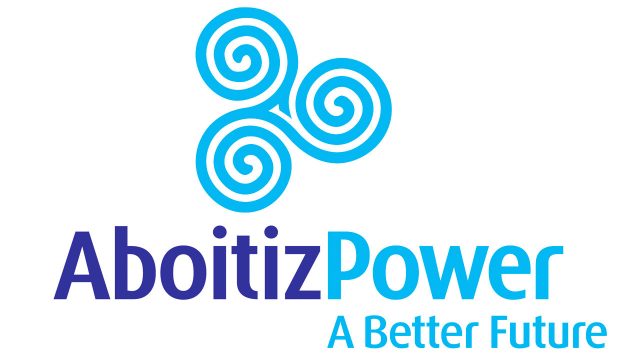By Jenina P. Ibañez, Reporter
Philippine manufacturing activity expanded to a six-month high in September after the government relaxed strict lockdown measures in the capital.
IHS Markit on Friday said the Philippines Manufacturing Purchasing Managers’ Index (PMI) jumped to 50.9 last month from 46.4 in August after the pace of decline in output, new orders, and input purchasing and employment eased.
The strict lockdown in Metro Manila was loosened in September, despite a continued rise in coronavirus disease 2019 (COVID-19) infections. The capital region is now under a less strict new alert level system that uses localized lockdowns for areas with higher infection rates.
In its report, IHS Markit said local firms have also resumed stockpiling efforts last month as they anticipate greater demand ahead of the holiday season.
A reading above 50 indicates improving conditions for the manufacturing sector versus the previous month, and below the threshold means deterioration.
Although the September reading was just marginally above the threshold, the uptick is the strongest since March, when PMI stood at 52.2.
Shreeya Patel, economist at IHS Markit, said that while a number of factories resumed operations, international demand remains challenging.
“Job shedding persisted, but anecdotal evidence highlighted that this was mostly voluntary. Nevertheless, backlogs fell solidly which could result in efforts to rein in spending and cut headcounts until demand for Filipino manufactured goods improves,” she said.
“Global shortages have also weighed on the sector with prices increasing sharply. Unfortunately, firms will have to endure the disruption as supply pressures show no signs of slowing.”
The Philippines returned to growth, alongside Singapore and Indonesia, which helped stabilize Southeast Asian manufacturing conditions in September after a three-month downturn. The region’s output last month fell at a slower place.
The Philippine PMI reading was the third highest in the region, following Singapore (53.4) and Indonesia (52.2). Contraction slowed down for Thailand (48.9), Malaysia (48.1), and Myanmar (41.1), while Vietnam’s PMI was unchanged at 40.2.
PMI is the weighted average of five sub-indices: new orders (30%), output (25%), employment (20%), suppliers’ delivery times (15%) and stocks of purchases (10%).
New orders dropped at a softer pace in September, likely due to spending reluctance during the lockdown restrictions, IHS Markit said. Production volumes fell for the sixth straight month after being slowed down by restrictions.
“That said, the rate of contraction slowed considerably from that seen in August. Those companies registering higher output levels mentioned a resumption in factory operations,” IHS Markit said.
Weak consumer demand and voluntary resignation continued to lower employment in Philippine manufacturers.
Firms also began increasing stocks in response to long lead times caused by global supply chain delays and in anticipation of bigger demand.
Michael L. Ricafort, chief economist at Rizal Commercial Banking Corp. (RCBC), said manufacturing could continue to recover in the coming months due to additional measures to reopen the economy.
“(Looser restrictions) could lead to faster recovery in production, sales, net income/livelihood, jobs/employment, and other business/economic activities, especially for hard-hit businesses/industries/sectors, thereby benefiting some manufacturing activities as well,” Mr. Ricafort said in an email.
Asian Institute of Management Economist John Paolo R. Rivera said that the uptick was caused by mismatches in the expectations of local and global supply chain participants, producers, and consumers.
He said in a Viber message that relatively relaxed restrictions this year prompted higher consumption, pushing producers to expand output, “but other supply chain participants cannot keep up with these changes thereby constraining production in general.”
“The situation remains fluid and uncertain. Should supply chain cannot catch up or adjust with the changing volatility in demand and supply, the horizon remains uncertain as indicators react to what happens to pandemic management,” he said.
Although there are still global supply chain challenges, the Philippine PMI reading indicates robust economic recovery in the fourth quarter if there are no more strict lockdowns, Union Bank of the Philippines Chief Economist Ruben Carlo Asuncion said.
“The report mentioned a softer decline in output because of easing restrictions with production now most probably preparing for the holiday season demand with its pre-production stock-pilling efforts. Taken altogether, (fourth quarter) economic growth may be better-than-expected,” he said in a Viber message.
